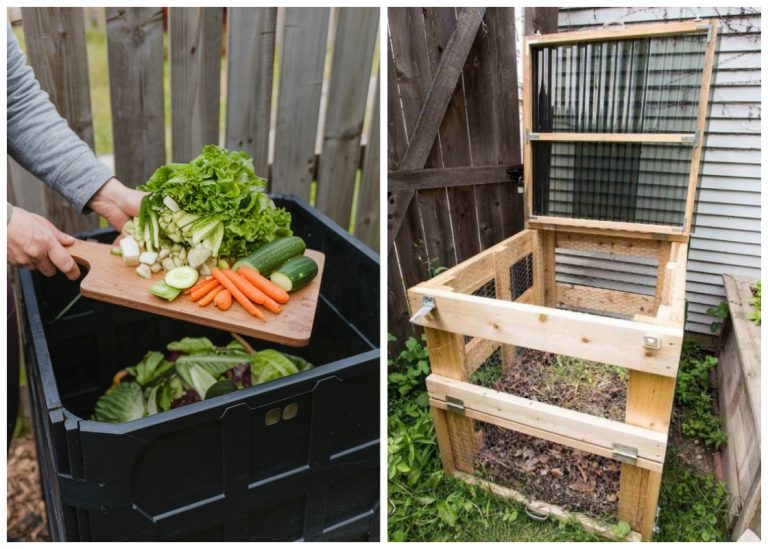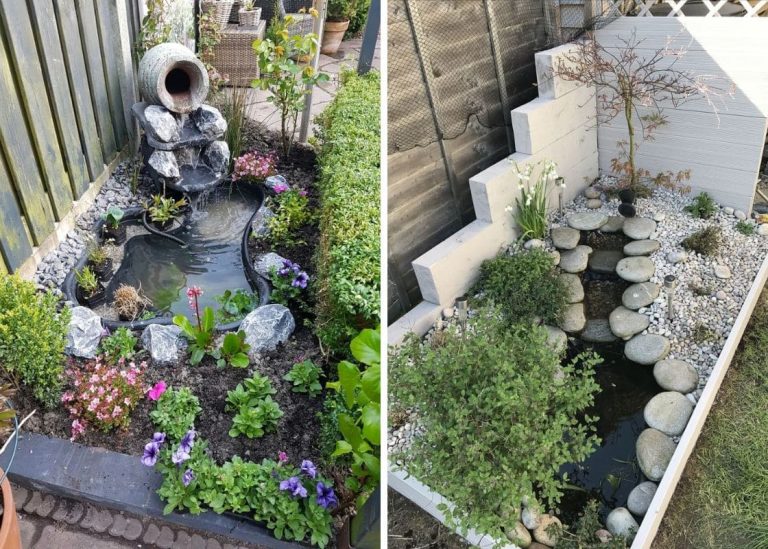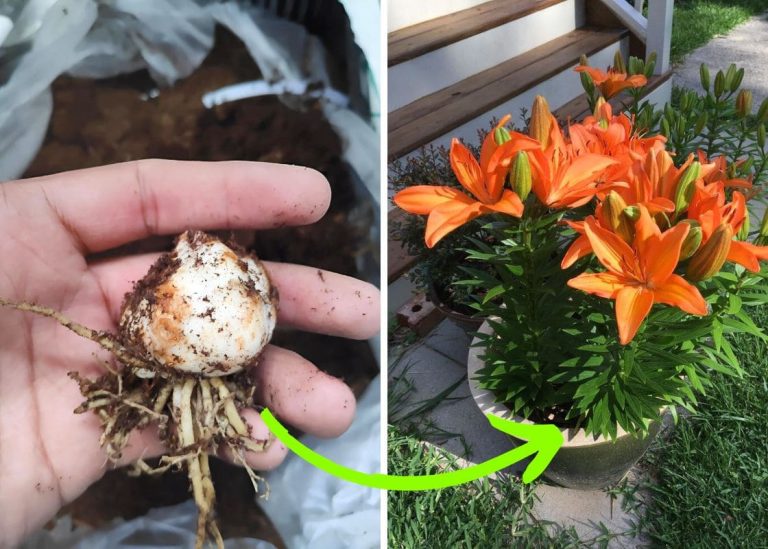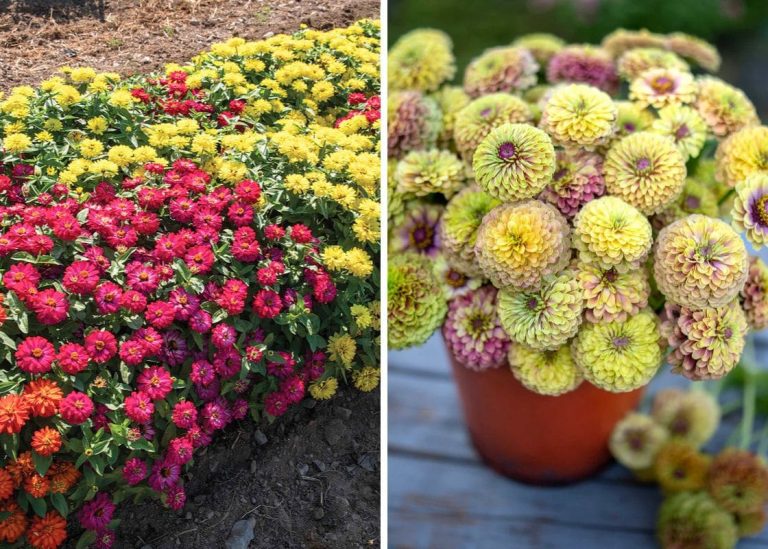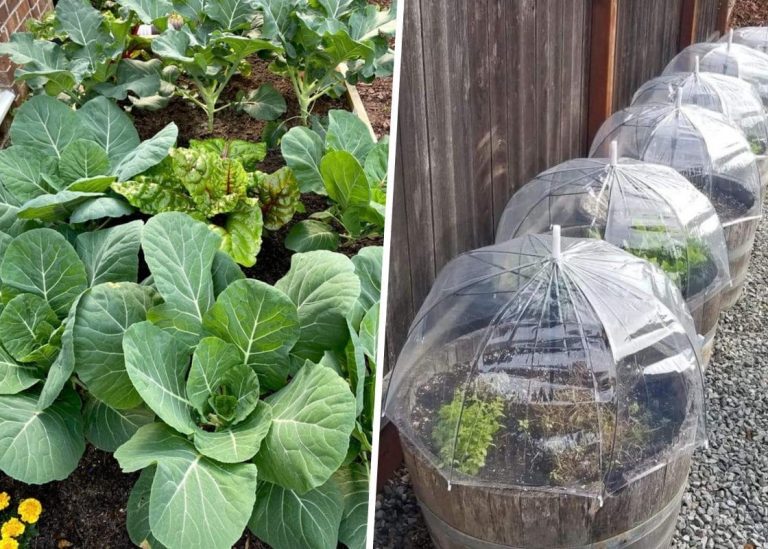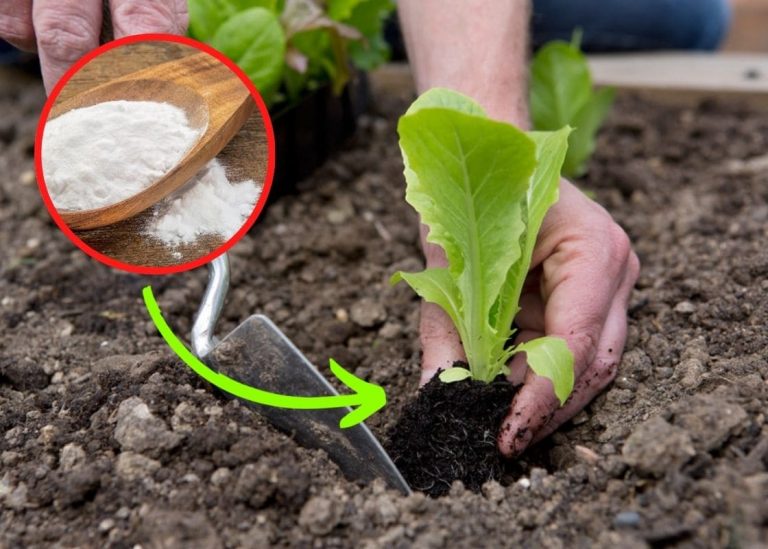The Secret to Enjoy Fresh Asparagus All Year (Yes, Even in Winter!)
I used to think asparagus was just… fine. The kind you buy from the store? Limp, bitter, tough on the teeth. It wasn’t until I grew it myself that I realized what I’d been missing. The kind of asparagus that snaps clean, tastes like fresh earth and morning dew, and makes you want to eat it straight out of the garden.
The moment I tasted that first homegrown spear, it was over. Grocery asparagus couldn’t compete.
Since then, I didn’t just want asparagus in spring. I wanted it all year. And after a lot of trial, error, and a few hilarious pickling fails, I figured out exactly how to make it happen.
1. Start with the Right Asparagus Plants
I recommend choosing reliable options like:
-
Mary Washington – an old soul, reliable and full-flavored
-
Jersey Giant – tall, sweet, and sturdy in unpredictable weather
-
Purple Passion – for color, fun, and something to show off at dinner
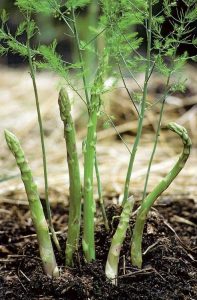
I always plant crowns, never seeds. Seeds ask for years of waiting, and while I have patience, I don’t have that much. One-year-old crowns are like planting a promise that comes true just a little sooner.
2. Build the Bed Right from the Start
There’s something deeply satisfying about preparing an asparagus bed. One spring, I roped off a 6-foot patch near the fence and spent the whole weekend building it up. I layered compost, raked in lime, and worked the soil with my bare hands. My neighbor walked by and joked, “Planting vegetables or digging for gold?”
Honestly, it felt like both. Asparagus thrives when you give it what it loves:
-
Full sun
-
Well-drained soil with lots of compost
-
A neutral pH around 6.5–7
-
Crowns spaced 12–18 inches apart, in trenches about 8 inches deep
Don’t rush the bed—it’s like laying the foundation of a home. I once made the mistake of planting near mint. Never again. That bed was overtaken by the third season, and I had to dig everything out and start over. Lesson learned: asparagus needs room to breathe.
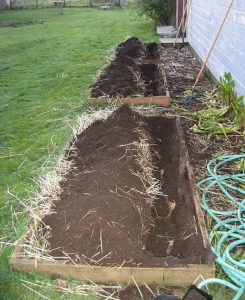
3. Caring for Your Asparagus Plants
In the first year, Resist the urge to harvest and allow the plants to focus on establishing strong root systems.
Also, watering is crucial during the first two years. Asparagus needs consistent moisture but doesn’t like waterlogged soil. Keep the bed weed-free, as weeds compete for nutrients and can stunt the growth of young plants.
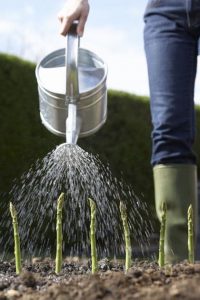
In early spring, I apply a balanced fertilizer to encourage healthy growth. Adding a layer of compost in the fall helps replenish the soil and keeps the plants nourished through winter.
4. Harvest at the Right Time—and Do It Often
By the second or third year, your asparagus will be ready for harvest. Look for spears that are about 6–8 inches tall and snap them off at the soil level.
Harvesting typically begins in early spring and lasts 4–6 weeks in the first productive year. As the plants mature, the harvest period can extend to 8 weeks. It’s like taking care of a friend—you get back what you give.
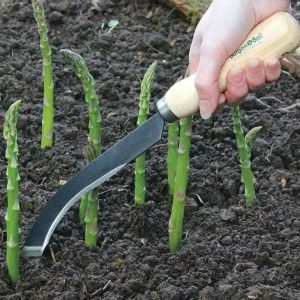
5. Keep It Fresh—Even After Picking
Every spring, I end up with more asparagus than I can eat in one go. My fridge becomes a spears-only zone. Over time, I found the best way to keep them crisp is to treat them like flowers.
Here’s my go-to storage ritual:
-
Wrap freshly cut spears in a damp paper towel
-
Slide them into a loose produce bag
-
Or better yet—stand them upright in a mason jar with an inch of water and refrigerate
This keeps them fresh for a week, easy.
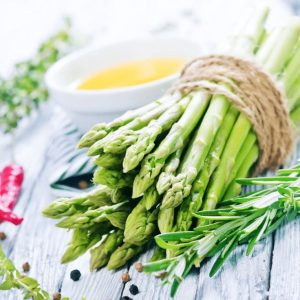
But the real magic? Freezing. I set aside one morning every May to blanch and freeze enough asparagus to last through winter. It’s a bit of work, but the payoff is huge when you’re stirring it into risotto in December.
To freeze:
-
Blanch for 2–3 minutes
-
Dunk into an ice bath
-
Pat dry and pack into airtight bags
Label the bags and smile. You’ve just stored spring in your freezer.
6. Preserve the Goodness Beyond the Season
There are plenty of ways to preserve asparagus beyond freezing. Pickling is one of my favorite methods. Simply immerse the spears in a vinegar brine with garlic, dill, and mustard seeds.
I also dehydrate asparagus, especially the thinner spears that don’t freeze as well. Once dried, I store them in jars. They crumble easily into soups and stews and add that little garden punch when I least expect it.
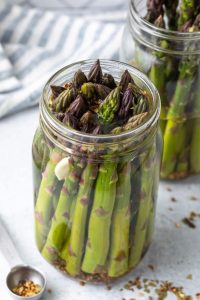
7. Extending Your Asparagus Season
A few years back, I got greedy—in the best way. I wanted more asparagus, earlier and longer. So I started layering varieties. One section of my bed is early-season, one mid, and one late. The result? An extended harvest that keeps me smiling for weeks.
I also mulch thickly in late fall with shredded leaves and straw. It protects the crowns from cold snaps and gives me an early start in spring. One mild winter, I had spears poking through the mulch in late February. You better believe I danced around the garden that morning.
Think of it as a living calendar—planned right, your asparagus can keep showing up when the rest of the garden is just waking up.
Final Thoughts: A Vegetable Worth the Wait
Growing asparagus isn’t flashy. It takes time, effort, and a little bit of faith. But it’s also one of the most rewarding things I’ve ever done in the garden. Every spear is a reminder of patience, of good soil and quiet mornings. Of the joy that comes from tending something slowly, lovingly, and watching it return year after year.
If you’ve never grown asparagus, let this be the season you start. And if you already have a bed, maybe now’s the time to expand it, preserve it, and let the flavor linger beyond spring.
Your future self will thank you. Mine certainly does.

